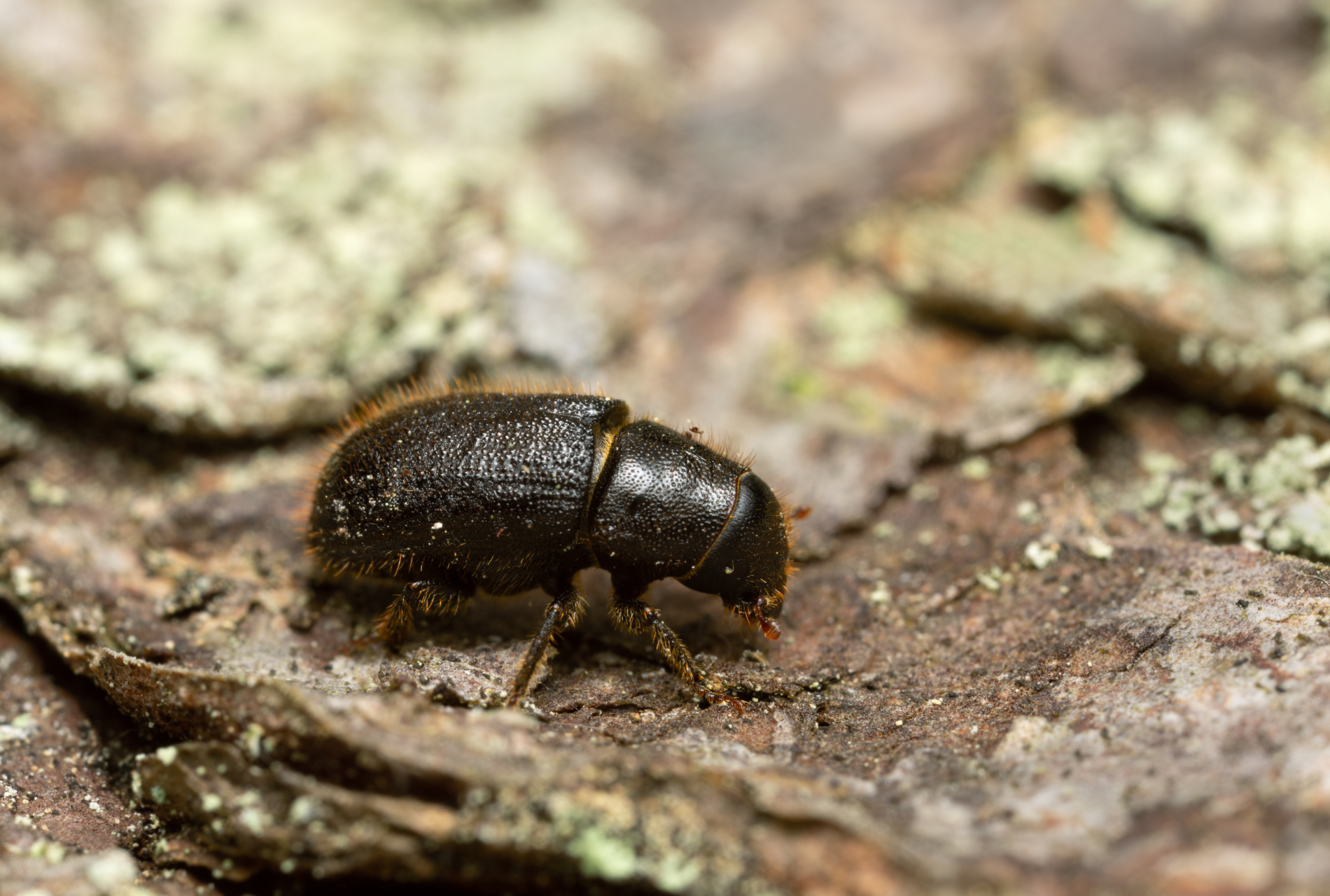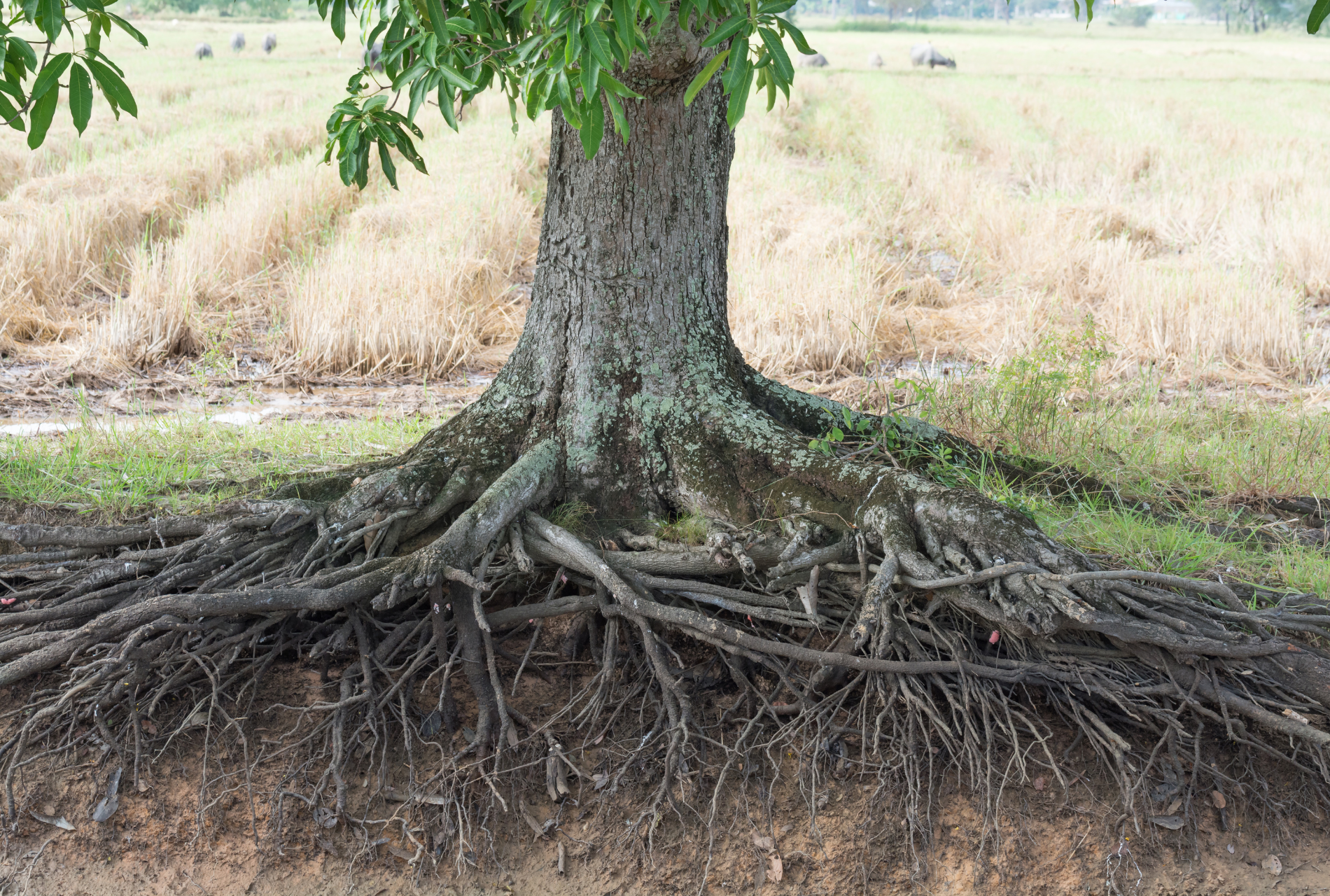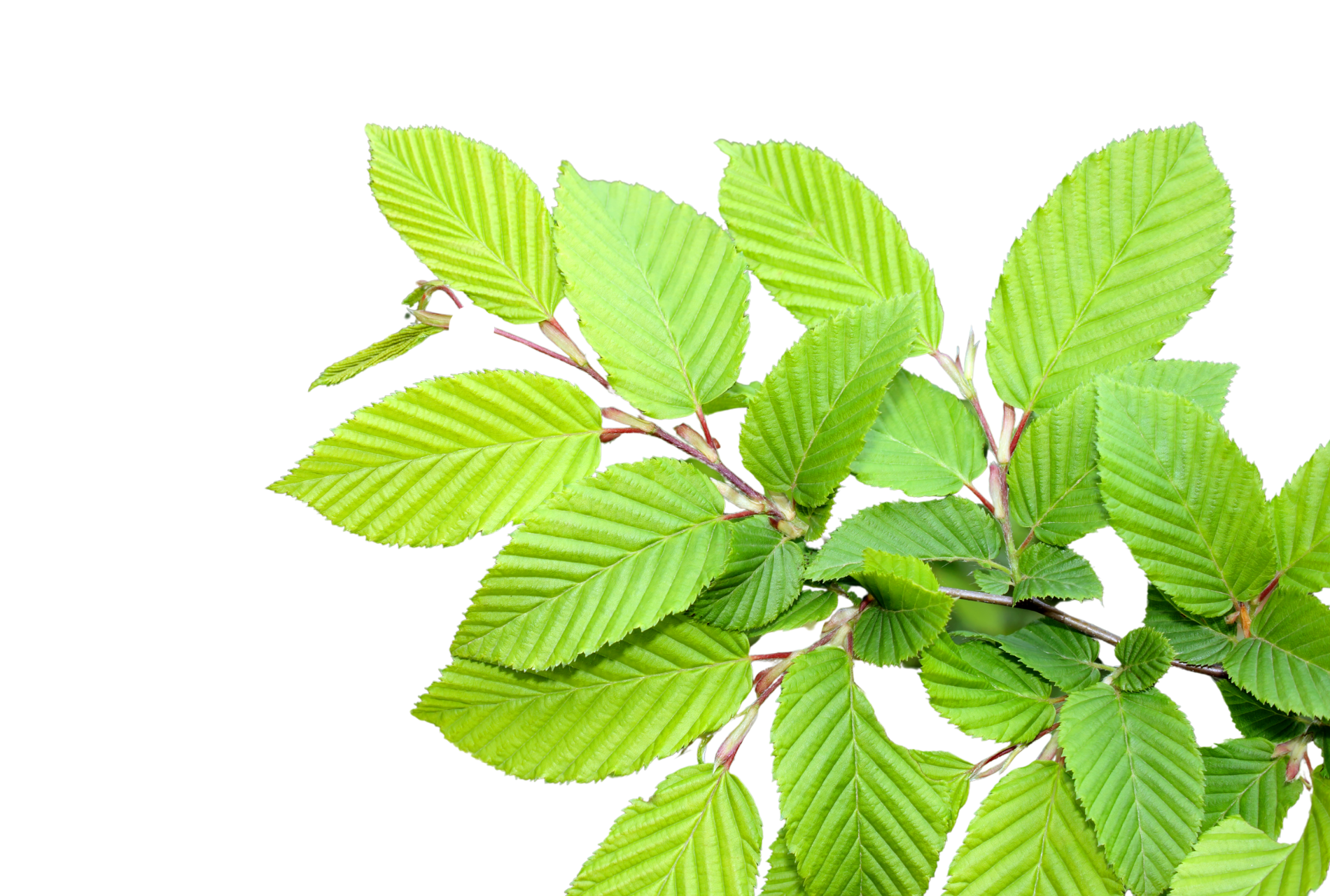Dutch Elm Disease
Welcome to our comprehensive guide on Dutch Elm Disease (DED), a devastating affliction that has impacted elm trees worldwide. Dutch Elm Disease is a fungal infection that poses a serious threat to the health and longevity of these iconic trees. Our aim is to provide a deep understanding of the disease, its causes, symptoms, and effective strategies for prevention and management.
What Is Dutch Elm Disease?
Causal Agent
Dutch Elm Disease is primarily caused by the fungus Ophiostoma novo-ulmi. It is transmitted by elm bark beetles, which carry the fungal spores from infected trees to healthy ones during feeding. Two major variants of the fungus, Ophiostoma ulmi and the more aggressive Ophiostoma novo-ulmi, have caused devastating epidemics worldwide.
Host Trees
Elm trees (genus Ulmus) are the primary hosts of Dutch Elm Disease. The disease has the potential to infect all species of elm, although some varieties display varying degrees of resistance. Elms are known for their graceful, arching branches and distinctive serrated leaves, making them popular choices for urban and rural landscapes.
Global Impact
Dutch Elm Disease has had a profound impact on elm populations worldwide. The first significant outbreak occurred in the Netherlands in the early 20th century, leading to the disease's name. Since then, it has spread to North America, Europe, and parts of Asia, causing widespread mortality among elm populations and drastically altering the landscape in affected regions.
Symptoms of Dutch Elm Disease
Leaf Symptoms
Wilting or Yellowing Leaves
The first signs of Dutch Elm Disease often manifest in the tree's foliage. Infected elms exhibit wilting and yellowing of leaves on one or more branches, resembling symptoms of drought stress. As the disease progresses, leaves on affected branches turn brown and curl, eventually leading to the death of the entire branch.
Vascular Discoloration
Discoloration in Your Trees Vascular Tissue
One distinctive characteristic of Dutch Elm Disease is the discoloration of the tree's vascular tissue. When a cross-section of an infected branch is examined, a brown streaking or discoloration is visible beneath the bark. This discoloration indicates the blockage of water-conducting vessels, preventing the flow of nutrients and water throughout the tree.
Rapid Decline
Rapid Decline in Tree Health
Dutch Elm Disease can progress rapidly, with infected trees often showing signs of decline and death within a single growing season. The speed at which the disease spreads makes early detection and intervention crucial. Speak with one of our certified Arborists to come up with a solution that will save your trees.
How is Dutch Elm Disease Transmitted and Spread?
Elm Bark Beetles
The primary vectors for Dutch Elm Disease are elm bark beetles. These beetles carry fungal spores on their bodies and introduce them to healthy trees during feeding. There are two major species of elm bark beetles involved in the transmission: the native elm bark beetle (Hylurgopinus rufipes) and the European elm bark beetle (Scolytus multistriatus).

Root Grafts
In addition to beetle transmission, Dutch Elm Disease can spread through root grafts, where the roots of infected and healthy trees physically connect underground. The fungus can move from an infected tree to neighboring healthy ones through these root connections.

Prevention and Management Strategies
Resistant Varieties
One of the most effective strategies for preventing Dutch Elm Disease is to plant elm varieties that exhibit resistance to the fungus. Several elm species, such as the American Elm cultivar 'Princeton' and the disease-resistant English Elm, have shown increased resilience.
Early Detection and Pruning
Early detection of Dutch Elm Disease is crucial for effective management. Regular monitoring of elm trees for symptoms allows for timely intervention. Infected branches should be pruned promptly, and proper disposal methods should be employed to prevent the further spread of fungal spores.
Chemical Treatments
Chemical treatments, such as fungicide injections, can be employed as a preventive measure or as part of a management plan for infected trees. These treatments aim to protect healthy elms from infection or slow the progression of the disease in infected trees.
Tree Removal and Replacement
In cases where Dutch Elm Disease has progressed extensively, tree removal may be necessary to prevent further spread. Once removed, trees should be properly disposed of to eliminate potential breeding grounds for elm bark beetles. Replacement with disease-resistant elm varieties or alternative tree species can be considered to maintain the aesthetic and ecological functions of the landscape.
Schedule a Consultation With Our Arborists for Dutch Elm Disease
Understanding Dutch Elm Disease is crucial for the preservation of elm trees and the landscapes they grace. Our commitment to effective management, prevention, and education empowers property owners and communities to protect these iconic trees. Contact us today to schedule a consultation and take proactive steps in the fight against Dutch Elm Disease, ensuring the health and longevity of your elm trees.
Our Dutch Elm Disease Management Services

Certified Arborists
Our team comprises certified arborists and tree care specialists with expertise in the identification, prevention, and management of Dutch Elm Disease. Their knowledge ensures accurate diagnosis and effective treatment strategies.
Resistant Variety Recommendations
Our arborists can recommend and plant elm varieties that exhibit resistance to Dutch Elm Disease. This proactive measure aims to create landscapes with a reduced susceptibility to the fungus.
Proactive Monitoring and Early Intervention
We offer proactive monitoring services to detect early signs of Dutch Elm Disease. Early intervention, including pruning and preventive treatments, is a key component of our approach to managing this destructive disease.
Integrated Management Plans
We develop integrated management plans that may include chemical treatments, pruning schedules, and ongoing monitoring. These plans are customized based on the specific needs and conditions of the landscape.
Dutch Elm Disease FAQ
Frequently Asked Questions About Dutch Elm Disease
-
What is Dutch Elm Disease (DED)?
Dutch Elm Disease is a devastating fungal disease caused by the pathogen Ophiostoma novo-ulmi. It primarily affects elm trees, leading to wilting, yellowing, and eventual death of infected trees.
-
How is Dutch Elm Disease transmitted?
DED is primarily transmitted by elm bark beetles carrying the fungal spores. The beetles create galleries under the bark, introducing the pathogen to healthy trees during feeding.
-
What are the symptoms of Dutch Elm Disease?
Symptoms include wilting and yellowing of leaves, starting in the upper crown and progressing downward. Infected trees often exhibit brown streaking in the sapwood.
-
Which elm species are most susceptible to Dutch Elm Disease?
While various elm species are susceptible, American and European elms are particularly vulnerable. Certain hybrids and resistant cultivars have been developed to combat the disease.
-
Can Dutch Elm Disease be treated or cured once a tree is infected?
Once a tree is infected, there is no cure for Dutch Elm Disease. Prompt removal and proper disposal of infected trees are crucial to prevent further spread.
-
How can I prevent Dutch Elm Disease on my property?
Prevention involves maintaining tree health, promptly removing and disposing of infected elms, and employing insect control measures to manage elm bark beetle populations.
-
Are there chemical treatments available for Dutch Elm Disease prevention?
Yes, chemical treatments involving fungicides can be applied to healthy elms as a preventive measure. However, their efficacy depends on proper timing and application methods.
-
Can Dutch Elm Disease spread from tree to tree?
Yes, the disease can spread through root grafts between adjacent elm trees. It's essential to consider the proximity of elms when managing Dutch Elm Disease.
-
Are there regulations regarding Dutch Elm Disease control?
Many regions have regulations to control the spread of Dutch Elm Disease, which may include restrictions on pruning or removing elms during the growing season to avoid attracting elm bark beetles.
-
What should I do if I suspect Dutch Elm Disease on my property?
If you suspect Dutch Elm Disease, contact a certified arborist or local plant health authority immediately. Early detection and proper management are crucial to minimize the disease's impact on the surrounding elm population.
Contact Us About Dutch Elm Disease
We will get back to you as soon as possible.
Please try again later.
Contact
Serving Northern Illinois
Business Hours
- Mon - Fri
- -
- Sat - Sun
- Appointment Only
All Rights Reserved | Skyline Tree Service and Landscaping, Inc. | Designed by GW Branding Group



